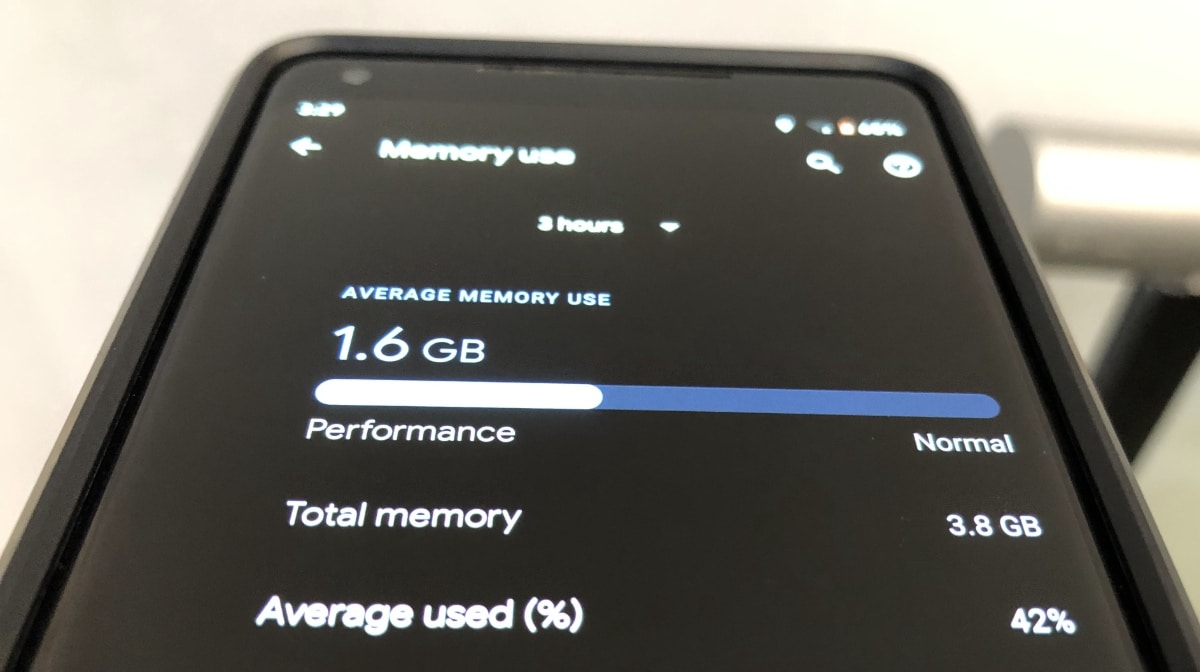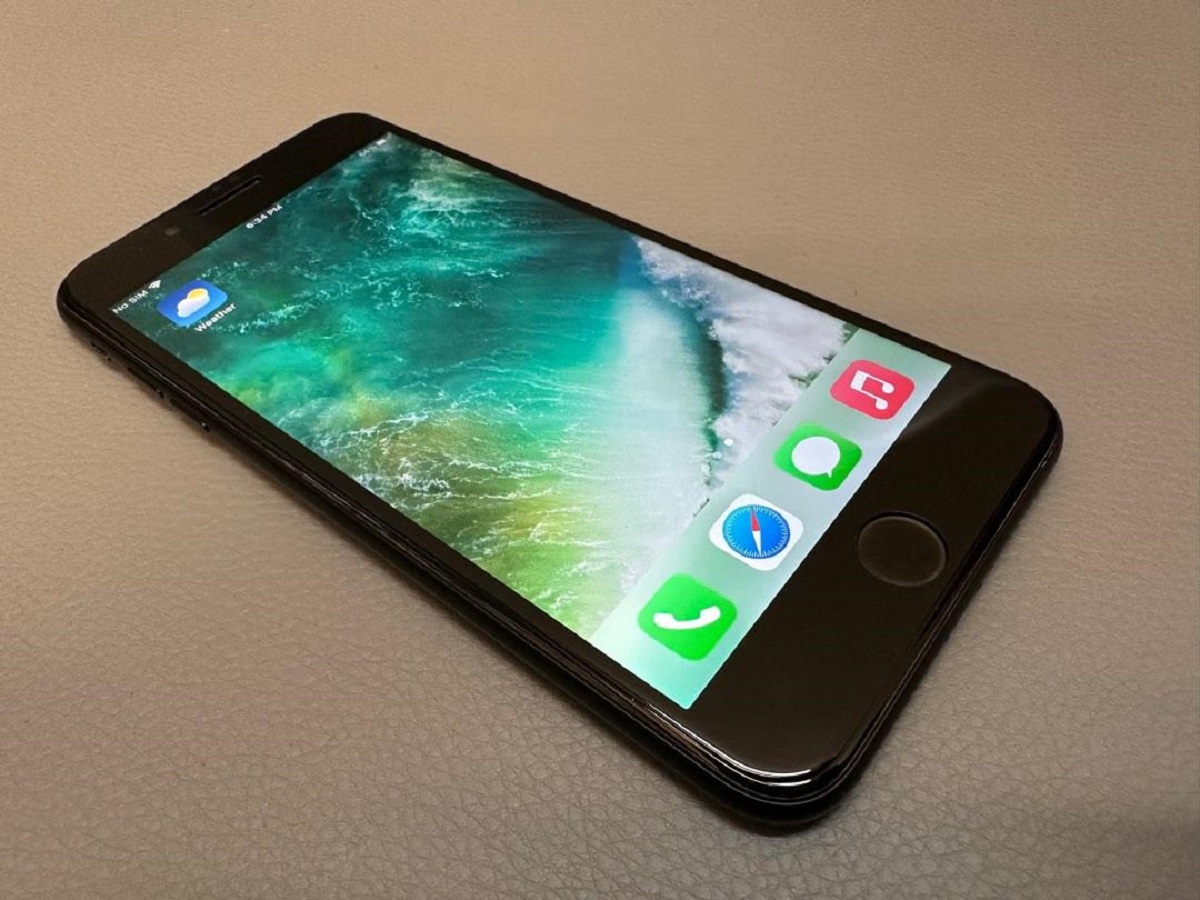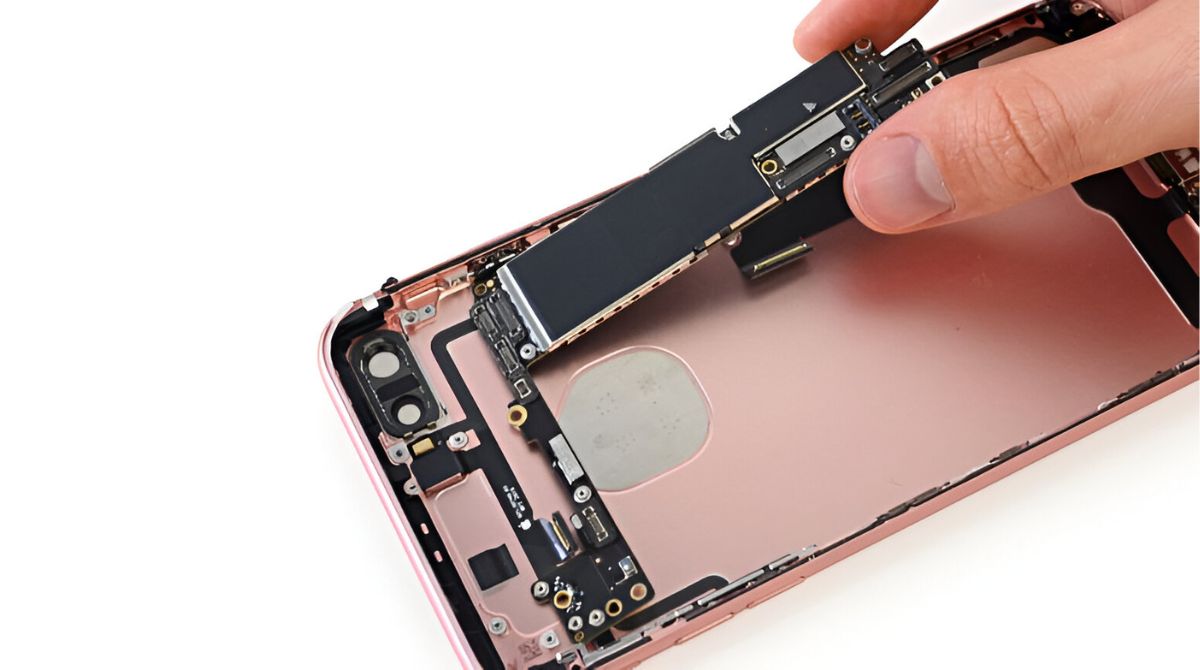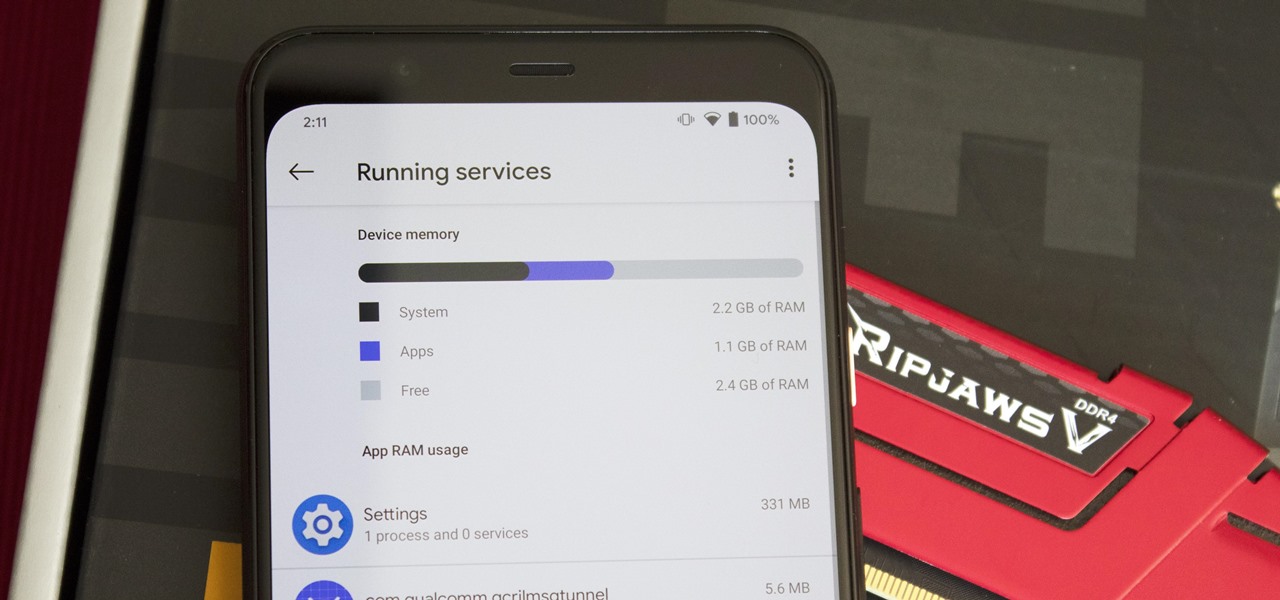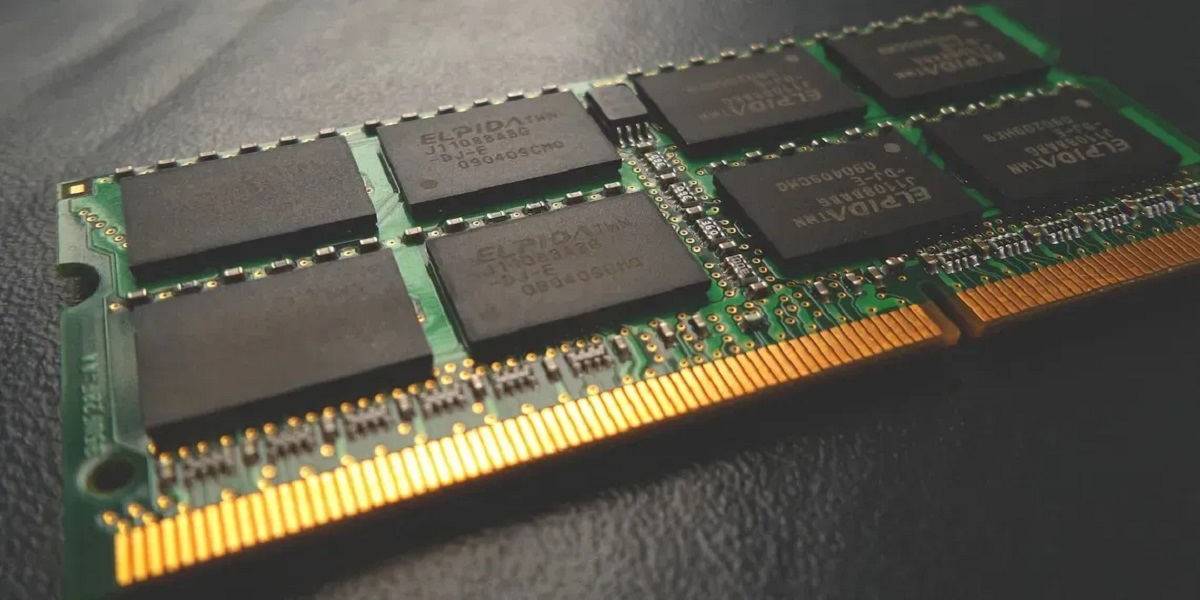Introduction
When it comes to optimizing your smartphone’s performance, understanding its hardware capabilities is crucial. One of the key components that determine your phone’s performance is its RAM (Random Access Memory). RAM plays a vital role in ensuring smooth multitasking and app performance, allowing your device to handle multiple tasks simultaneously.
Knowing how much RAM your phone has can help you gauge its capabilities and make informed decisions about which apps to use and how to manage your device’s resources effectively. In this article, we will explore different methods to check how much RAM your phone has, ranging from the built-in settings to third-party apps and developer options.
Whether you’re an Android or iOS user, the methods we discuss in this article will help you find out how much RAM your phone has, allowing you to optimize its performance and enhance your overall user experience.
Before we delve into the various methods, it’s important to note that the steps provided are general guidelines and may vary slightly depending on your phone’s make and model. However, the fundamental concepts remain the same across most smartphones.
Method 1: Checking through Settings
One of the easiest and most common ways to check how much RAM your phone has is through the device’s settings. Here’s how you can do it:
- Open the “Settings” app on your smartphone.
- Scroll down and look for the “About Phone” or “About Device” option. It is usually located towards the end of the settings menu.
- Tap on “About Phone” and then look for the “Memory” or “Storage” section.
- In this section, you will be able to see the total amount of RAM your phone has. It is usually listed in gigabytes (GB).
Once you have located the RAM information, you can also find additional details such as the available or used RAM, which can be helpful in understanding your device’s current resource allocation.
While the steps mentioned above are applicable to most Android devices, the exact navigation may differ slightly depending on the manufacturer’s customizations. For iOS devices, the process is slightly different:
- Open the “Settings” app on your iPhone.
- Tap on “General.”
- Scroll down and select “About.”
- Look for the “Total” or “Capacity” section, where you will find the information about your device’s RAM.
By following these steps, you can easily find the amount of RAM your phone has, enabling you to make informed decisions regarding app usage and resource management.
Method 2: Using System Info Apps
If you prefer a more detailed breakdown of your phone’s hardware specifications, using a system information app can provide you with comprehensive information about your device, including the amount of RAM it has. Here’s how you can check the RAM using system info apps:
- Open the app store on your smartphone (Google Play Store for Android or App Store for iOS).
- Search for “system info” or “hardware info” in the search bar.
- Select a reliable system information app from the search results such as “CPU-Z,” “AIDA64,” or “Device Info”.
- Install the app on your phone and open it.
- Navigate to the section that provides information about your device’s RAM.
The system info app will display detailed information about your phone’s RAM, including its size, type, and speed. Some apps may also show real-time RAM usage, allowing you to monitor the usage patterns of your device.
System info apps not only provide information about your phone’s RAM but also offer insights into other hardware components, operating system details, and battery health. They can be a valuable tool for understanding your device’s overall performance and optimizing its usage.
It’s important to note that the availability and functionality of system info apps may vary depending on your device’s operating system and model. Additionally, make sure to download apps from reliable sources to ensure data security and accuracy.
By using system info apps, you can gain a deeper understanding of your phone’s hardware capabilities, including the amount of RAM it has, empowering you to optimize its performance and explore its full potential.
Method 3: Checking RAM Usage in Task Manager
Another way to check how much RAM your phone has is by monitoring its usage through the task manager. The task manager provides real-time insights into the resources being utilized by your device, including the amount of RAM being used. Here’s how you can do it:
- On Android devices, tap the “Recent Apps” button (typically located at the bottom of the screen) to open the task manager. On some devices, you may need to long-press the home button instead.
- Swipe through the open apps or tabs and look for the task manager icon (usually represented by an image of overlapping rectangles or a pie chart). Tap on it to open the task manager.
- In the task manager, you will see a variety of tabs or sections, including “RAM” or “Memory.”
- Tap on the “RAM” or “Memory” tab to view the current RAM usage.
- Here, you can see the total amount of RAM your device has, as well as the percentage of RAM currently in use.
For iOS devices, the process is slightly different:
- Double-click the home button (on devices with a home button) or swipe up from the bottom of the screen to access the app switcher.
- Swipe left or right to locate the task manager or app switcher view.
- In this view, you will see the open apps and their corresponding RAM usage.
- By observing the RAM usage of different apps, you can determine the overall RAM utilization of your device.
Using the task manager to check RAM usage provides you with real-time data, allowing you to assess the memory consumption of various apps and processes. This knowledge can help you identify resource-intensive applications and make informed decisions about managing your device’s resources effectively.
It’s important to note that the task manager may have different names and appearances depending on your device’s manufacturer and operating system. However, the general functionality and purpose remain consistent across most smartphones.
By monitoring RAM usage through the task manager, you can gain insights into how your device is utilizing its resources, enabling you to optimize its performance and ensure smooth multitasking.
Method 4: Utilizing Developer Options
If you are an advanced user and have enabled Developer Options on your Android device, you can utilize this feature to check the amount of RAM your phone has. Here’s how:
- Go to the “Settings” app on your Android device.
- Scroll down and tap on “About Phone” or “About Device”.
- Find the “Build Number” or “Software Information” section and tap on it multiple times (usually 7 times) until you see a message indicating that Developer Options have been enabled.
- Now, go back to the main settings menu and scroll down to find “Developer Options.”
- Tap on “Developer Options” and look for the “Memory” or “Memory Management” section.
- In this section, you will find information about your device’s RAM, including the total amount of RAM, available RAM, and used RAM.
Enabling Developer Options and utilizing its features can provide you with deeper insights into your device’s performance and resource allocation. However, it’s important to exercise caution while making any changes or adjustments in the Developer Options, as it can impact the stability and functionality of your device if not utilized correctly.
It’s worth noting that on iOS devices, there is no equivalent feature to Developer Options that provides direct access to detailed hardware information, including RAM. Apple restricts such access to maintain a secure and consistent user experience.
By utilizing Developer Options on your Android device, you can access valuable information about your phone’s RAM, enabling you to make informed decisions on how to manage your device’s resources and optimize its performance.
Conclusion
Understanding how much RAM your phone has is essential for optimizing its performance and enhancing your user experience. By following the methods discussed in this article, you can easily check the amount of RAM your device has, whether it’s through the settings, system information apps, task manager, or Developer Options.
Method 1 involved checking through the device’s settings, allowing you to find the RAM information in the “About Phone” or “About Device” section. Method 2 focused on using system information apps to obtain detailed hardware specifications, including RAM. Method 3 explored monitoring RAM usage through the task manager to gain real-time insights into resource utilization. Finally, Method 4 delved into utilizing Developer Options on Android devices to access RAM-related information.
By knowing how much RAM your phone has, you can make informed decisions about app usage and resource management. This knowledge allows you to optimize your device’s performance, ensuring smooth multitasking and enhanced app experiences.
Remember, the methods discussed may vary slightly depending on your device’s make, model, and operating system. However, the fundamental concepts remain the same, enabling you to check your phone’s RAM with ease.
Whether you’re an Android or iOS user, the methods discussed in this article will help you determine the amount of RAM your phone has, providing valuable insights into your device’s capabilities. Armed with this knowledge, you can make the most of your device’s resources and enjoy a seamless and efficient user experience.









